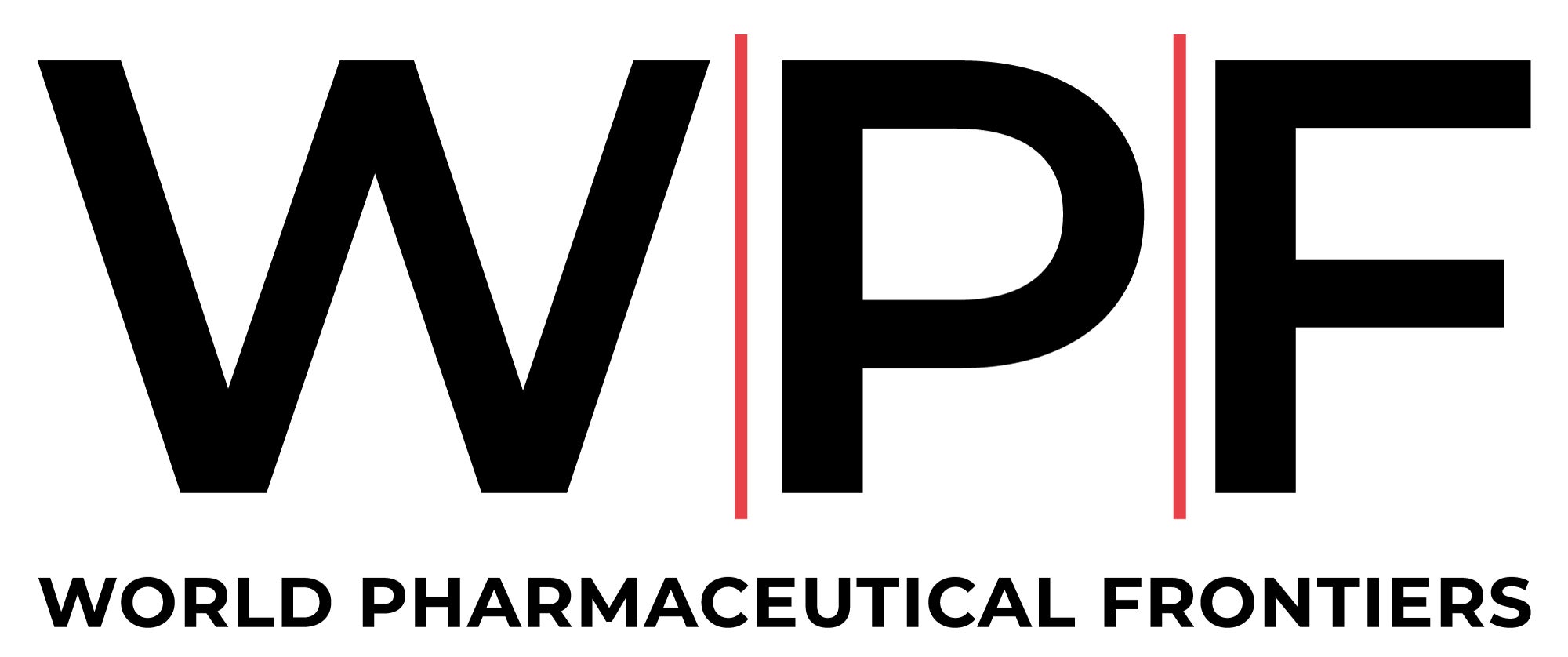
Net zero commitments are the new business mantra across every industry, and the pharmaceutical sector is no exception. Efforts to control emissions and bring efficiencies across the business inevitably encompass the cold chain, which can be resource-intensive and an area where standards cannot be compromised.
The transport of pharmaceutical products is a complex task, and the paramount concern is to ensure that every shipment arrives intact, undamaged, and having stayed within specific temperature ranges throughout the journey. Yet there are opportunities for waste and emissions reduction at many stages of the cold chain, some from processes and others from new technologies, but companies have to balance many considerations to balance effectiveness with efficiency.
“Internal analysis shows that the cold chain costs and carbon footprint will grow as the portfolio grows and will require intervention,” says Matthew Winterman, senior vice-president of global supply chain and strategy at AstraZeneca. “It is critical to build supply chains for our new medicines which are both sustainable and resilient, and this requires us to look at all elements of the value chain.”
“Many life-changing medicines require strict temperature control during shipping to remain within regulated and scientifically validated temperatures to ensure their safety and efficacy when administered to patients,” he adds. “This is particularly true for biologics and new modalities which are an increasing part of our portfolio.”
Committed to the climate
For the big pharma companies, the cold chain is just one component of carbon emissions, so it must take its place within the broader web of commitments to climate responsibility. The global pharmaceutical industry is a big consumer of energy and water, and its large R&D operations, as well as a sizeable global factory footprint, make it a heavy polluter. Currently, carbon emissions are 55% higher than the automotive industry. The shift to renewable energy resources and more efficient operations has, therefore, become a key priority. AstraZeneca’s goal is to achieve net zero by 2045 and to use 100% renewable energy by the end of 2025. As of the end of 2021, 43% of its total energy consumption and 88% of its electricity were generated from renewable energy sources, and the company was in the throes of transitioning its 17,000-vehicle fleet to fully electric as part of an effort to reduce emissions from its operations and fleet by 98% by 2026.

“We are taking bold climate action to decarbonise our own value chain with clear corporate targets that are understandable across the business,” says Matthew Winterman, senior vice president of global supply chain and strategy at AstraZeneca. “We’re on track to reduce emissions from our global operations and fleet by 98% by 2026 and halve our value chain footprint by 2030, on the road to science-based net zero by 2045.”
It has made great progress on scope 1 (direct) and scope 2 (energy generation) greenhouse gas (GHG) emissions, and is engaging across its entire value chain to measure and reduce scope 3 emissions – those caused by assets outside its control in the supply chain.
“We have set the goal that by the end of 2025, 95% of our spend in scope 3 categories – purchased goods and services, and capital goods, as well as 50% of our spend on upstream transportation and business travel will be with companies that have science-based targets,” Winterman adds.
Pfizer is also taking ambitious action with its Net Zero by 2040 commitment, and it is a founder of Energize, a first-of-its-kind collaboration between ten global pharmaceutical companies to engage suppliers in decarbonisation of the pharmaceutical value chain through renewable energy procurement.
Merck Life Science, also has an extensive list of sustainability goals. By 2030, it intends to reduce the weight of its packaging by 10%, switch to 100% fibre packaging to be deforestation-free, and ensure that all of its packaging adheres to circular design principles. Packaging is just one element in its sustainability drive.
“There is more in the toolbox for our customers, including academic research to develop drugs and get them right from the start to ensure a lower carbon footprint,” says Jeffrey Whitford, Merck Life Science’s vice president of sustainability and social business innovation. “We are also driving sustainability into our supply chains because we own what our suppliers do and we can’t pass the buck.”
“The final piece is to eliminate our CO2 footprint, and have neutrality on scope 1, 2 and 3 emissions, and we are looking at water and waste generation, as well as energy,” he adds. “Nevertheless, some emissions are unavoidable and can’t be addressed by current technology.”
Breaking down
In their efforts to make the cold chain more sustainable, companies are taking a gamble on technological innovation. Winterman sees data accuracy as one major challenge, as better forecasting supports better shipment planning, transport mode selection and shipment utilisation. In logistics, a Transport Management System (TMS) will help with route optimisation and issue resolution, and reliable emissions data on thermal packaging solutions would support the selection of the optimal solution.
“Furthermore, many new and emerging medicines, such as antibody drug conjugates, require cold chain transportation which, as these medicines account for a greater proportion of global supply, will drive significant increases to supply chain costs and emissions without intervention,” he adds. “As such, future sustainable solutions are required at capacities greater than existing cold chain technology today.”
The growing prevalence of low-volume and named patient medicines, including cell therapies and treatments for rare diseases, further drive per-unit supply chain cost and emissions increases through reduced economies of scale.
“Additionally, as new cold chain technology is implemented on a commercial scale, this requires significant technical and validation work to ensure the new technology can meet regulated and scientifically validated conditions for transport,” Winterman continues. “Storage is also a challenge as some materials require storage from -40°C to -80°C, which is both energy and carbon intensive. Standalone freezers also generate heat that must be removed.
As the cold chain currently represents only 2% of the shipped volume of AstraZeneca’s shipped portfolio, it is likely to rise to 10% by 2030, when it will generate 20% of the company’s distributionrelated carbon emissions.
“We are doing four things to reduce emissions in the cold chain space,” Winterman explains. “We are moving the freight shipment of pallets of cold chain products from air to ocean or road. Secondly, we are moving air freight from active to passive shipping containers, and we are getting more packs on a pallet and then reducing pack size, as well as reconfiguring our pallet packing design. Finally, we are working with in-market warehousing and distribution providers to source green energy and green transport vehicles for final mile delivery.”
The last piece in the puzzle is to reduce cold chain packaging waste by selecting reusable packaging or, at the very least, recyclable shipment packaging. AstraZeneca has rolled out passive packaging solutions for many of its cold-chain brands – for both pallets and individual packages – including the Softbox reusable solutions which were used for Covid vaccine shipments worldwide. The company’s FluMist live-virus vaccine airfreight shipments from the US to the EU now rely on a new, reusable cold chain container validated for the 2024/25 season. The company’s Mexican division is one of many that switched to fully reusable packaging solutions for cold chain distribution in 2023.
For its part. Merck Life Science is trying its best to minimise the cold chain altogether, as well as looking at innovative technological solutions. The company sells 300,000 different products, some of which ship in huge volumes, while others are low-volume niche products. In the latter category are the company’s ZooMAb recombinant antibodies, which are sought after because they combine the superior specificity and affinity of a monoclonal antibody, the reproducibility of recombinant technology, and greener alternatives including sustainability.
“With ZooMAbs, we have managed to eliminate a large proportion of carbon emissions per shipment,” remarks Whitford. “We are minimising the cold chain requirements by looking at cold chain storage, where some emissions can be taken care of by effective inventory management. Another huge piece of the puzzle is renewable energy, and our choice of refrigerants.”
“Then we look at fuels and other options in transportation,” he adds. “We can electrify the fleet, for example, and we can take out big factors with cold chain transportation by using more renewable electricity.”
There are many potential avenues to explore – innovative packaging solutions, alternative fuels, increasing the use of renewable energy, selecting safer refrigerants, and optimising the cold chain for efficiency to eliminate waste. Working with logistics partners and making sustainability a criterion in the assessment of those relationships will also play a big part. Above all else, however, the key factor seems to be having a clear line of responsibility within a company to ensure sustainability is embedded into all of its operations.
“Having someone responsible for the issue is critical,” Whitford believes. “I have worked hard to make this a priority in the organisation and I have put together a clear business case for why this provides value in the company. It has convinced our senior leaders. If we compromise on the trust people have in our sustainability initiatives, then it wastes all of our effort.”





